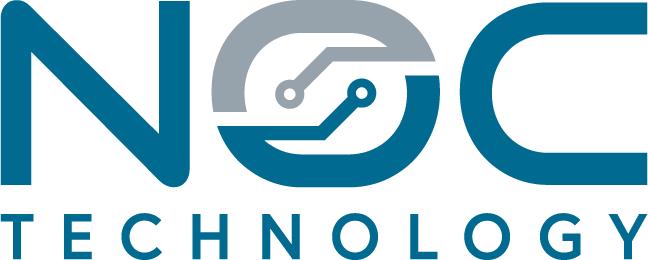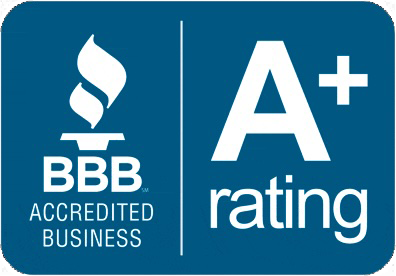Top 5 Cyberthreats to SMBs—and How to Stop Them
by Jon Lober | NOC Technology
Are you taking unnecessary risks with your data?
Cybercriminals don’t just target big corporations—small and mid-sized businesses (SMBs) are often seen as easier targets due to limited IT resources. But with a few smart steps, you can drastically reduce your risk.
Here are the top 5 cyberthreats facing SMBs today, along with simple, practical actions you can take to defend against each one:
1. Phishing Emails
Scammers use fake emails to trick employees into clicking bad links or giving up login credentials.
Play defense! Train your team to spot phishing attempts—look for typos, unusual requests, or unfamiliar senders. Ongoing training and phishing simulations go a long way.
2. Ransomware Attacks
This type of malware locks your data until a ransom is paid, often crippling operations.
Play defense! Make secure backups of critical data every day. Store at least one copy offline or in a secure cloud solution you can quickly restore from.
3. Weak or Reused Passwords
Cybercriminals often use leaked passwords from other breaches to gain access to your systems.
Play defense! Enable multi-factor authentication (MFA) on all important accounts and systems—it’s one of the most effective ways to block unauthorized access. Other options include using password managers and implementing realistic password policies.
4. Unpatched Software
Old or outdated software often contains known vulnerabilities hackers can easily exploit.
Play defense! Set up automatic updates wherever possible, and schedule regular patching for operating systems, apps, and firewalls.
5. Insider Mistakes or Misuse
Employees, whether careless or malicious, can put your business at risk.
Play defense! We can't emphasize enough how important to provide training for your team! Limit access to sensitive data with role-based permissions—only give people access to what they truly need.
The Moral of the Story: Don’t Wait for a Breach
Cybersecurity doesn’t have to be overwhelming. Small changes can make a big difference—and we’re here to help guide you through it.




